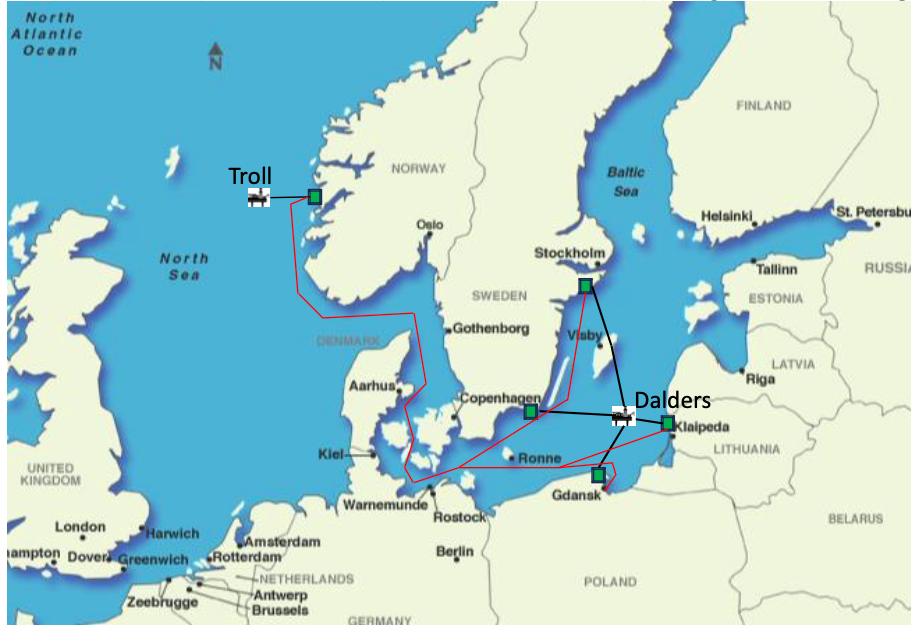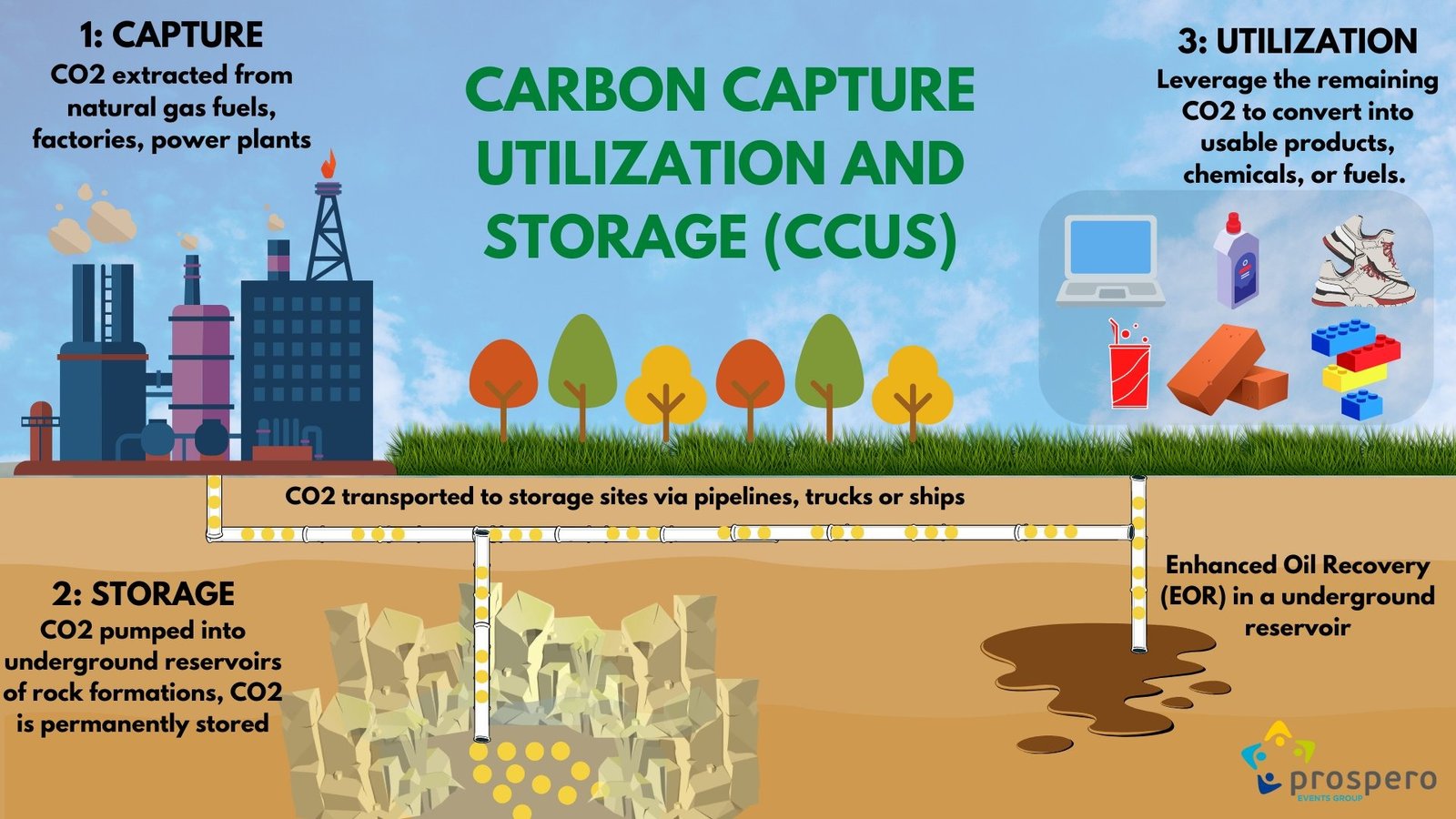
Baltic Net Zero 2050 - Unique place for CO2 capturing
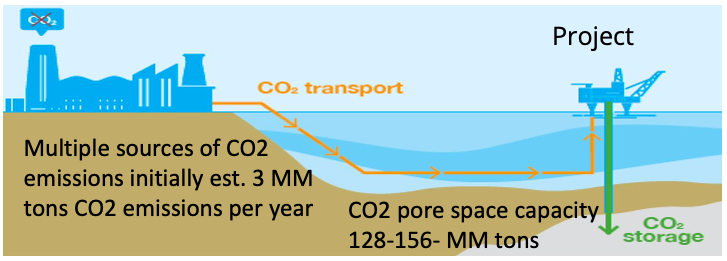
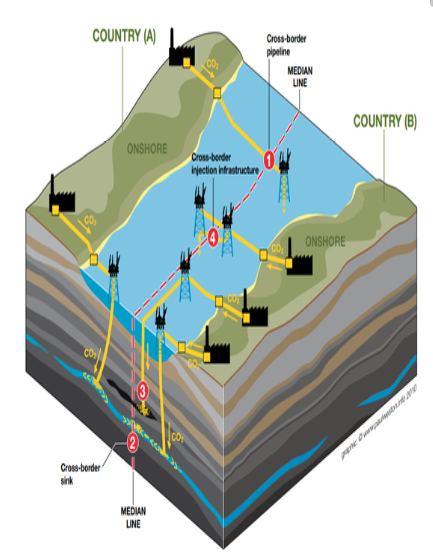
The Baltic Basin has one world-class CO2 reservoir, the Faludden sandstone, and 3 large potential containers.
The largest, most prospective structure & hydrocarbon prospect lies partially in Latvian, Lithuanian and Swedish waters, and has not been drilled due to a boundary dispute between Latvia and Lithuania.
Enhanced oil recovery (EOR) utilizing sequestered CO2 is a worldwide established process that currently is the prime method of sequestering CO2.
A CO2 and EOR project can provide infrastructure and a financial base for the initiation of a regional carbon capture and sequestration project for the Baltic states region, similar to the North Sea initiative in progress, like a Northern Lights.
There are multiple sources of CO2 emissions surrounding the Baltic, including the Mažeikiai refinery in Lithuania, the Gdansk power plant in Poland, and industries in eastern Sweden.
A combined Exploration, Production, Carbon Capture, and Sequestration project would provide energy security for the Baltic nations, financial benefits to Latvia, Lithuania, and Sweden, and reduce CO2 emissions in the Baltic region.
Baltic Sea has some similarities to the North Sea, however possess important advanced geological structures
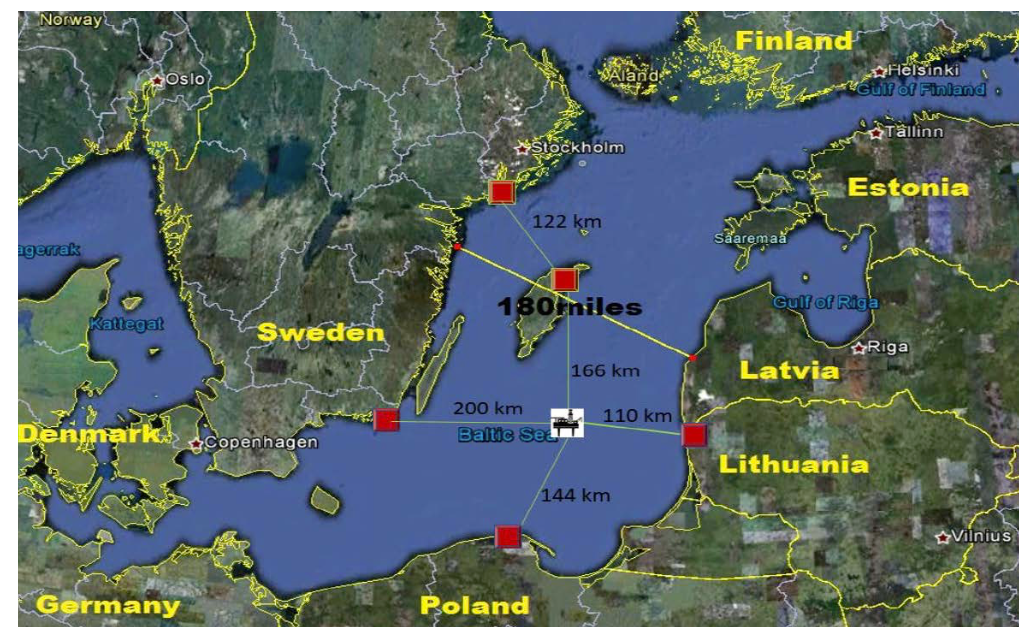
While the North Sea has multiple potential CO2 reservoirs, the Baltic Sea has only one, the Faludden Sandstone.
The North Sea has many large CO2 containers, but the Baltic Sea has only three. Project has lowest risk and the other two require test programs to confirm effective seal.
The Baltic Sea has no off shore infrastructure to build on.
Unlike the North Sea, where projects can be conducted within country boundaries, the lowest risk Baltic CO2 container sits on the boundary of 3 nations.
Initiating the CCS project as soon as practical is a necessary step to initiate a Baltic program similar to the North Sea
Comparison of The Project transport and sequestration vs. shipping/Northern lights
-
The Project: Compression of CO2 at collection points, pipeline to The Project container:
-
- 5 Mmtpa 110 pipeline from Kleipeda
- 10 Mmtpa pipeline from Sweden, either 288 km or 200 km pipeline depending on the collection point
- 15 Mtpa 144 km pipeline from Gdansk
-
-
- Liquification of CO2 at collection points
- Shipping CO2 1300-1700 km to terminal near Bergen (ships to be constructed)
- CO2 heated to gas, compressed and sent 110 km via pipeline to Troll container
